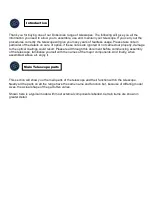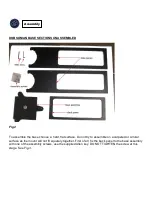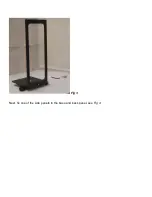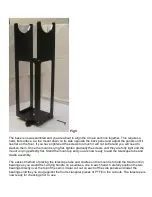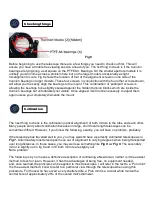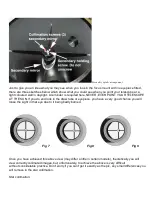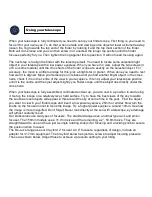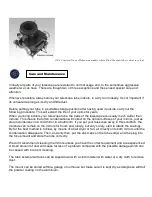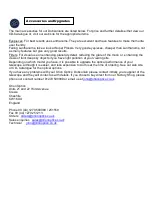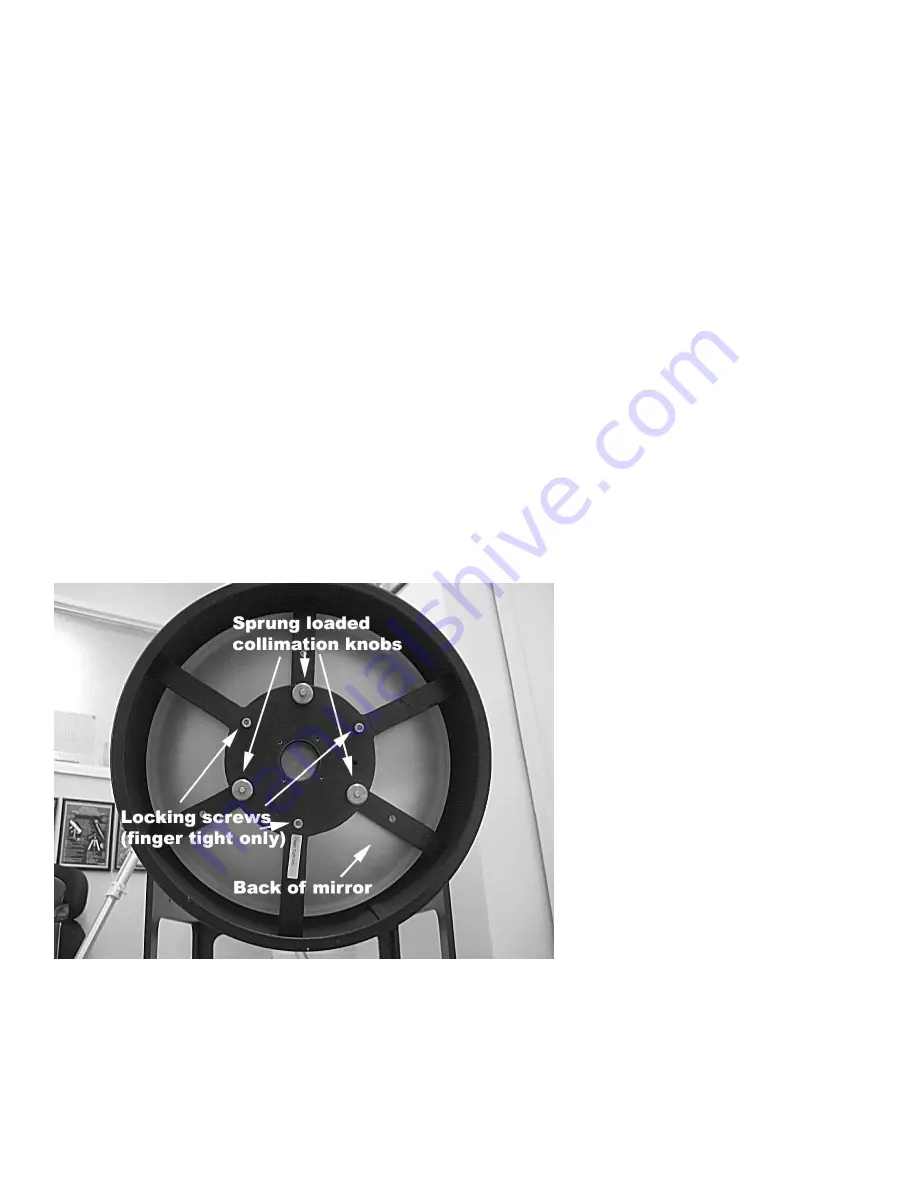
Technical stuff!
If you can have someone to help in this procedure you will find things are resolved much, much quicker.
Procedure:
The first thing, which must be done, is to examine the telescope in daylight when positioned
horizontally (ish) and facing an even light coloured surface. In your house and pointing towards a light
painted wall or similar is ideal. If you point it to a surface which is unevenly lit, uneven colouration, or
texture, it can deceive your eyes in positional aspects.
If you can leave about 10 foot between the end of your tube and the `wall', so much the better.
Stand as far away from the end of the tube and look down it. You should see everything symmetrical.
When you position your head so as to see an even amount of inside the tube surrounding your mirror,
your eye should be blotted out with the secondary holder. Try it you will immediately see what I mean. If
you are too close to the tube this pre-test is not possible. If symmetry is not obvious the main
mirror's collimation is out. Get your ‘assistant’ to slacken just one of the nuts at the base of your mirror
cell end of the tube while you are viewing down the tube. Only ¼ turn and you will see a movement in
the annulus of inner tube/mirror/your eye relationship changing. Adjust the mirror wing nuts until you
are getting exactly the same view from each side of the mirror/tube. You will find that when you have
reached the correct position of your mirror's collimation that any view from one side of the edge of the
tube, is identical to a view at 180 degrees opposite.
Cell used on all models 300mm and
larger
.


